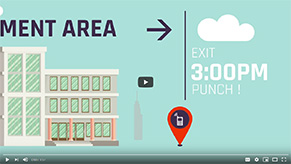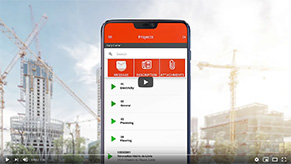25 November, 2020 Mobile-Punch
The impacts of the digital shift
Recently, I was part of the Jury for the Galons APCHQ-Québec. First of all, I would like to congratulate all…

25 November, 2020 Mobile-Punch
Top Benefits of an Employee Time Tracking App
Day-to-day management takes a lot of time and it can be challenging for managers and business owners to keep up…

13 November, 2020 Mobile-Punch
How to calculate working hours?
Do you know what the value of each and every single one of your employees is? Calculating the work hours…



